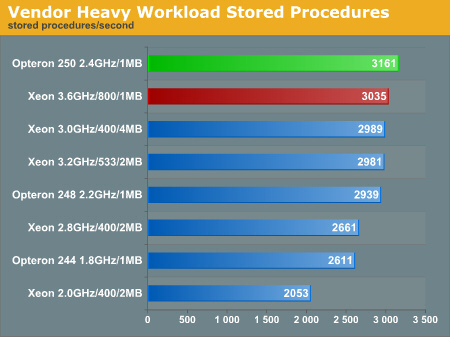 Raxco released its new version 7.0 (free evaluation) of PerfectDisk, a great disk defragmenter. Already tested the version 6.0 of PerfectDisk here.
Raxco released its new version 7.0 (free evaluation) of PerfectDisk, a great disk defragmenter. Already tested the version 6.0 of PerfectDisk here.
Great tool, very strange interface….
What’s new in PerfectDisk V7.0?
- Faster defragmentation times. PerfectDisk V7’s performance has been increased more than 20%.
- Reduction in system resource usage. PerfectDisk V7 uses 20% less system resources than PerfectDisk V6.
- New look and feel. A more intuitive and Windows XP style interface makes using PerfectDisk even easier.
- Support for mount points (drives that have no drive letter assigned to them)
- Tighter integration with Active Directory Group Policy allows for easy software deployment, updating, configuration and scheduling of PerfectDisk.
- Certification for Windows. PerfectDisk V7 has been certified by Microsoft for Windows 2000 and Windows Server 2003.
What Windows platforms are supported for PerfectDisk?
- Windows Server 2003
- Windows 2000 Professional and Server
- Windows XP Home and Professional
- Terminal Server (Windows 2003/2000 based)
- MS Cluster Servers (Windows 2003/2000 based)
- All levels of RAID
Does PerfectDisk defragment safely?
Yes. Windows has exposed APIs that can be used to safely defragment most files online, while Windows is running. These APIs safely move (defragment) files on both the NTFS and FAT file systems. The APIs on Windows 2003, XP and Windows 2000 also support moving files on FAT32. These APIs are a part of the native Windows file systems and have been coded, tested and certified by Microsoft to ensure that no data loss or corruption occurs when a file is moved. These APIs are fully synchronized with all file I/O and memory management functions of Windows. You can even safely defragment files that are open and currently being modified.

 Interesting article from
Interesting article from 


